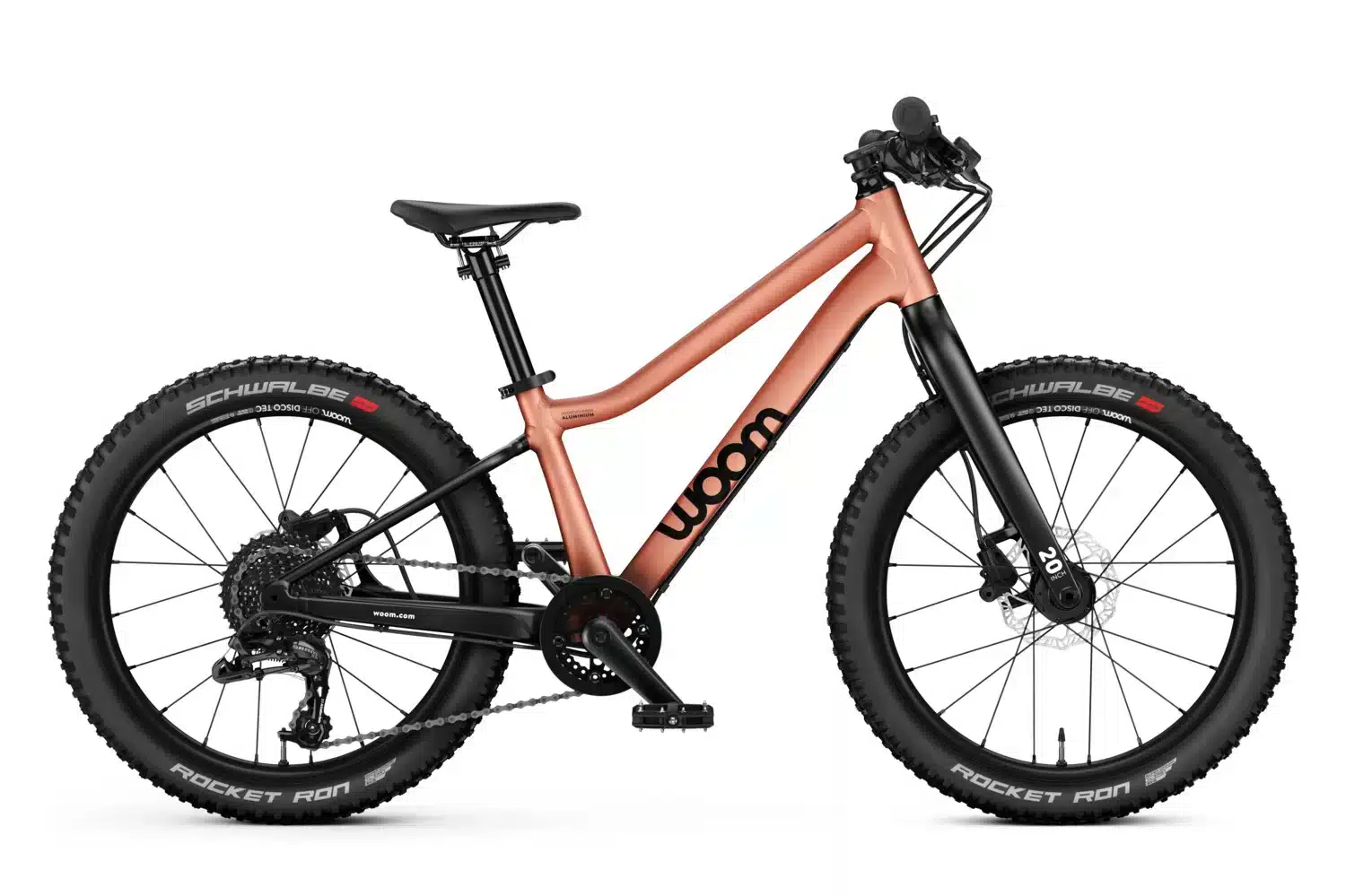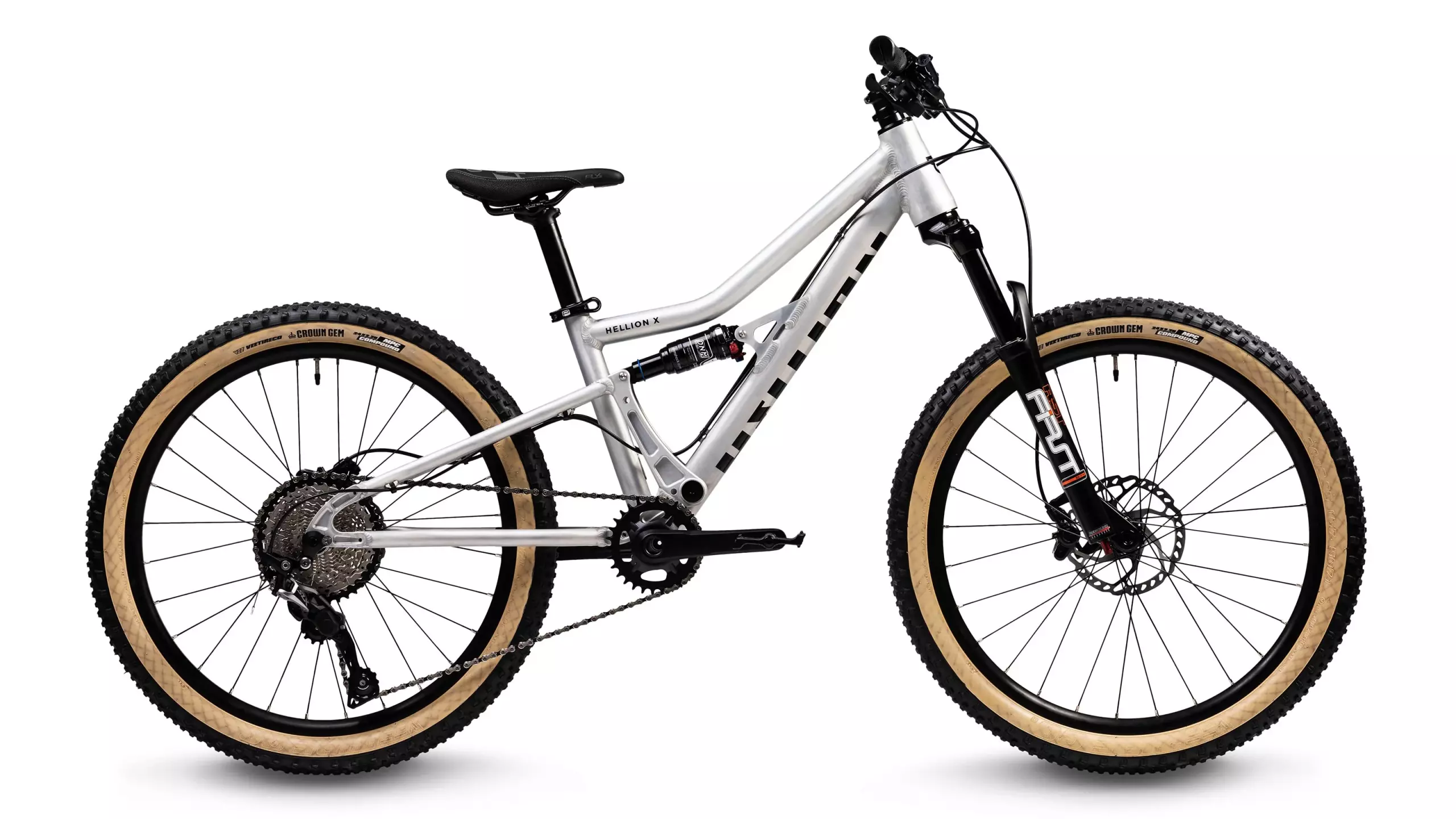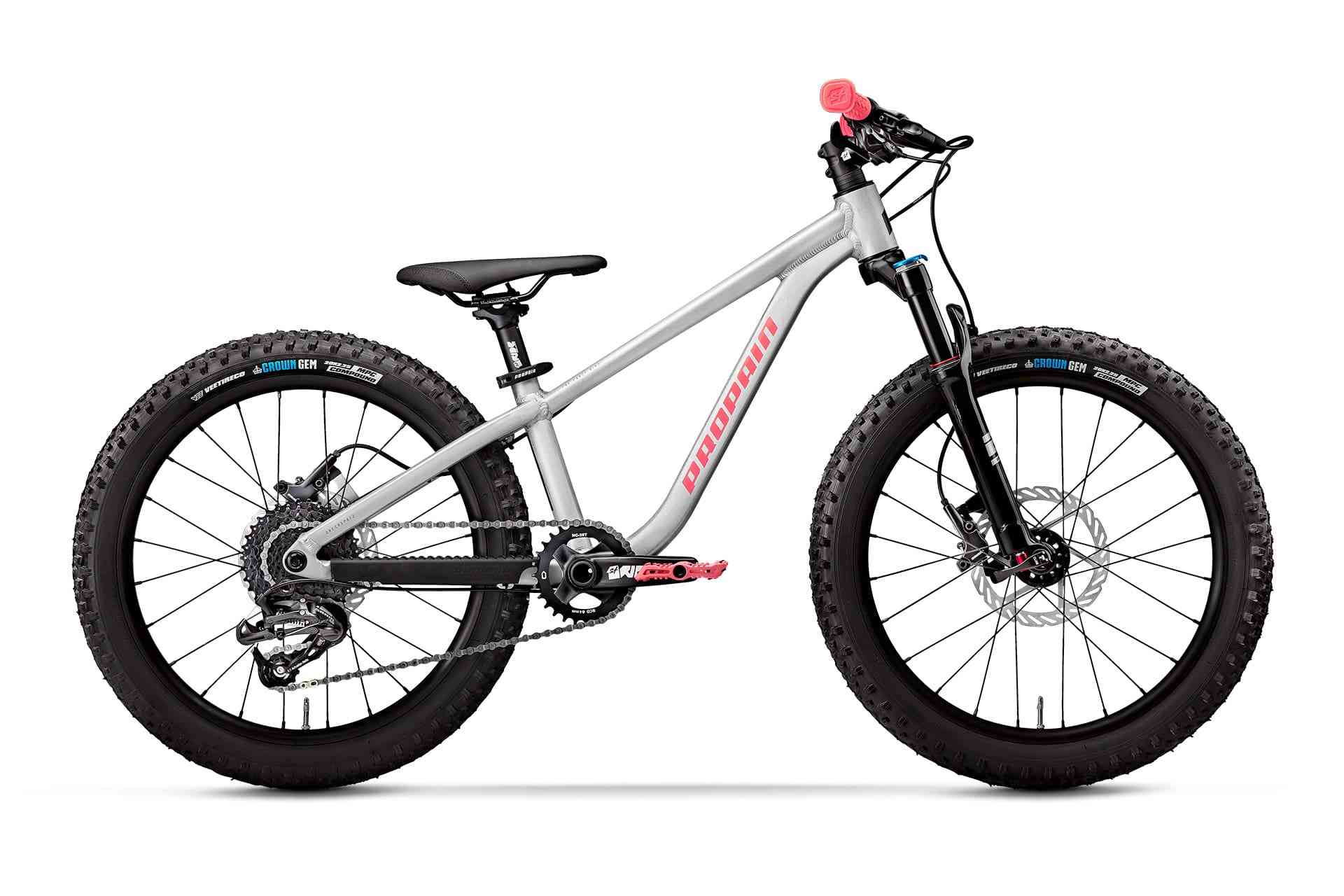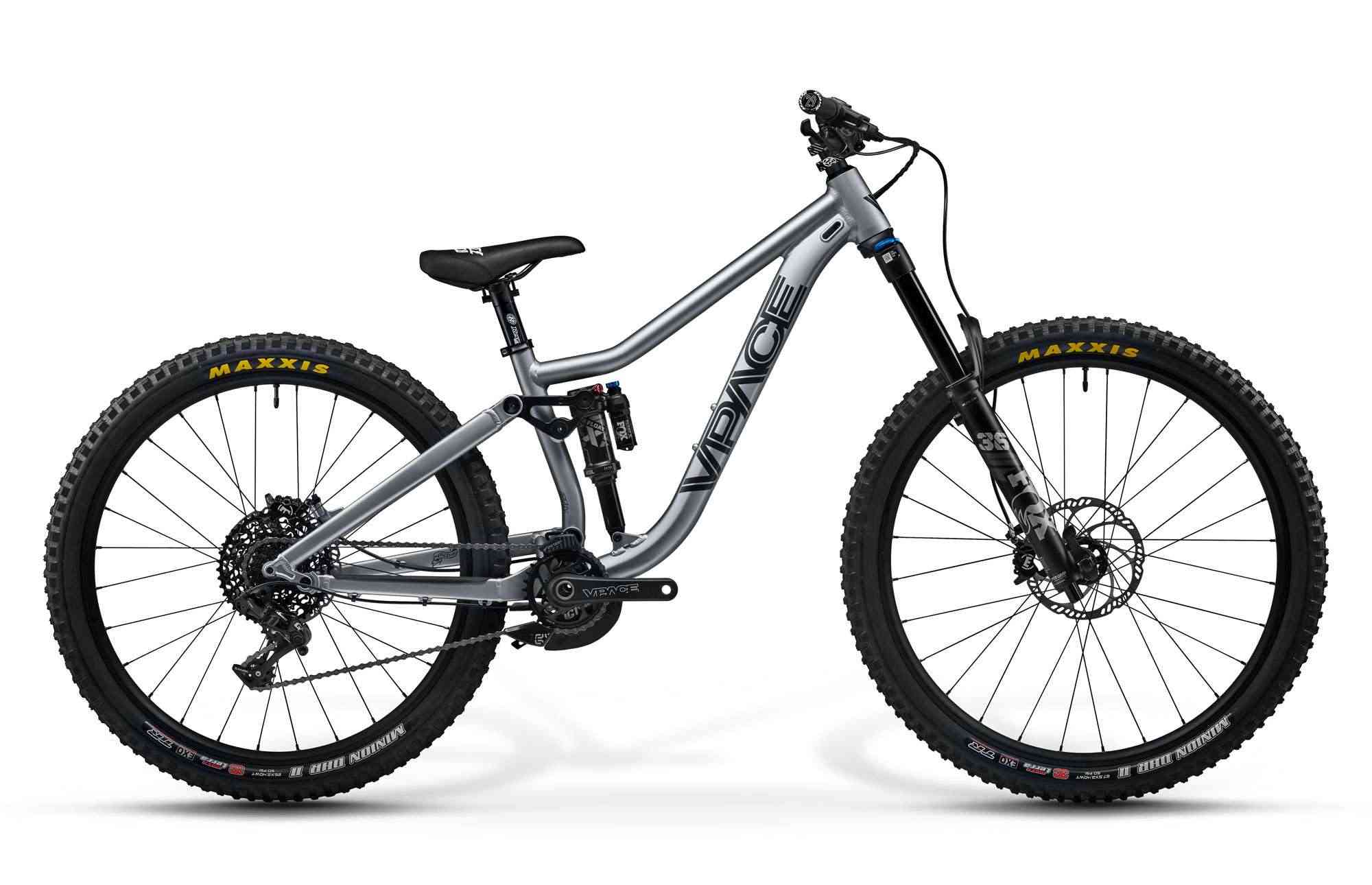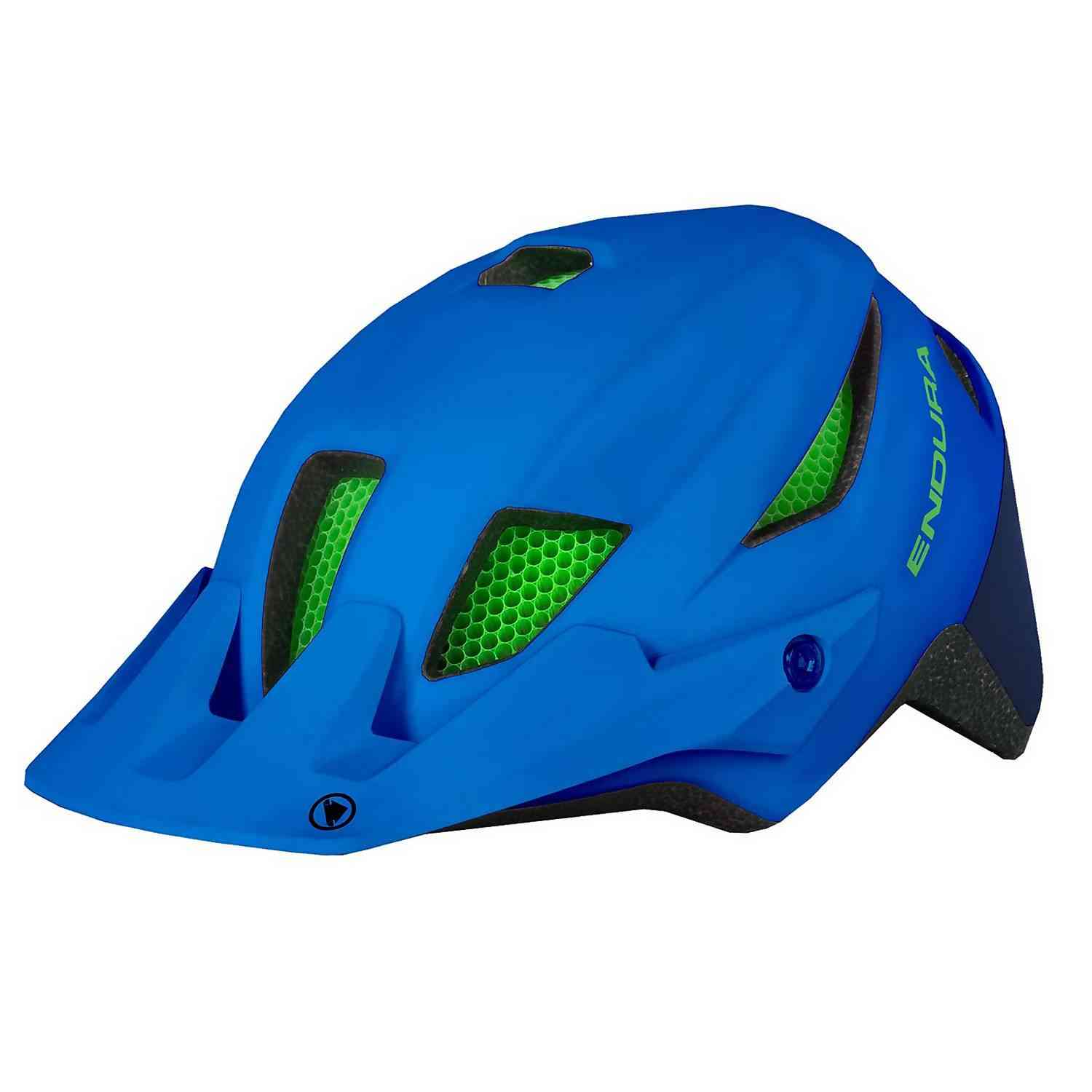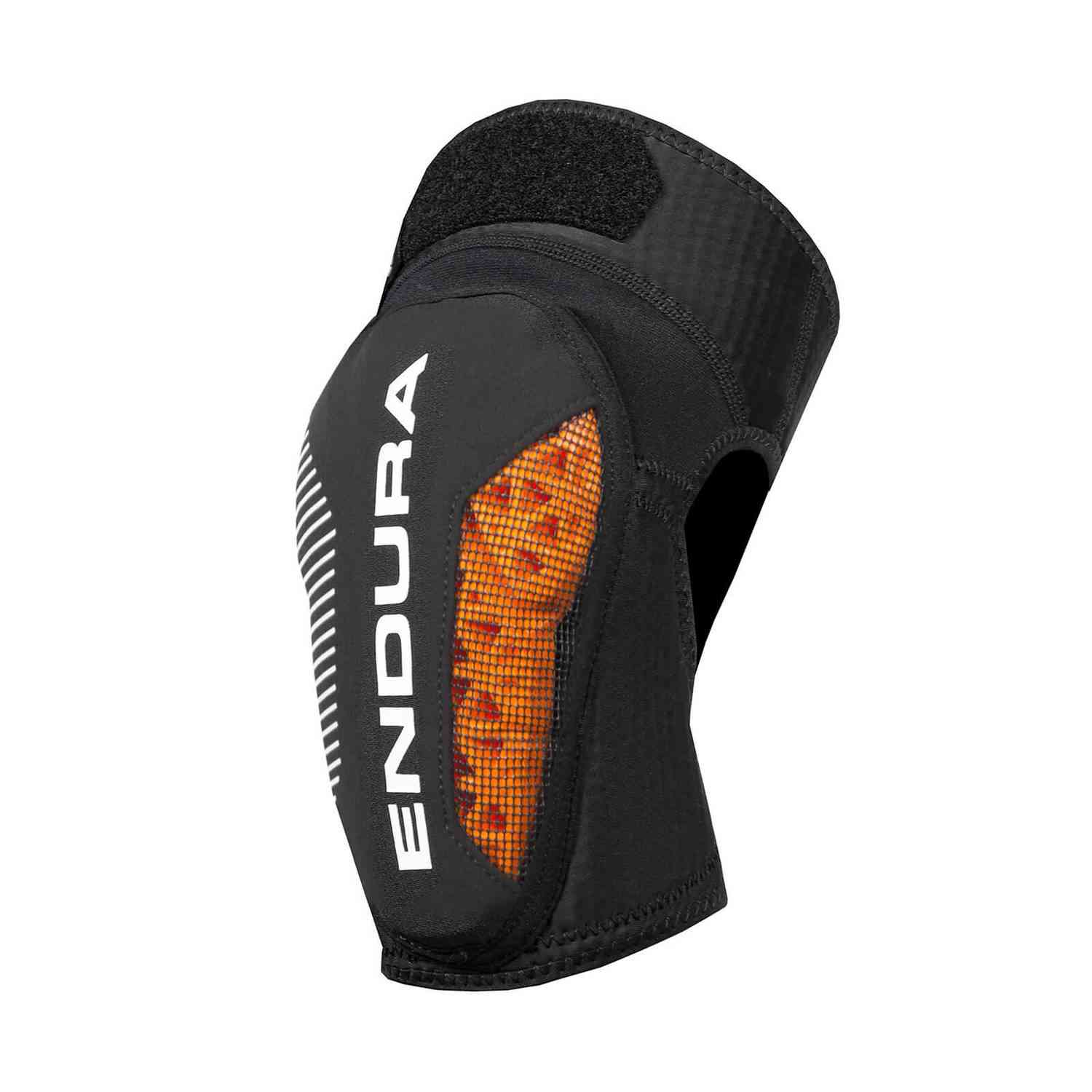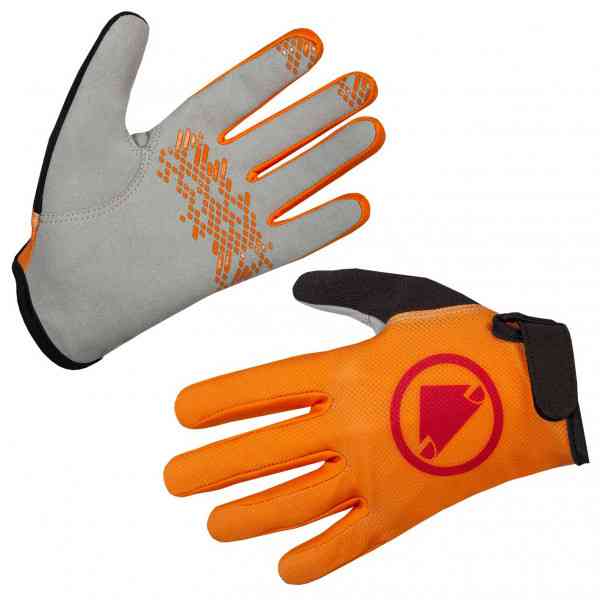
Mountain bikes for kids – what is important, what less?
Recommendations and tips for buying children’s bikes and equipment
Safety and fun are the top priorities when it comes to choosing a bike for your offspring. It needs neither high-end components, nor a brand new bike. However, certain factors should be taken into account to ensure that the little riders retain their enjoyment and motivation in the long term.
Find the right size
You don’t grow into bikes – to make biking fun for kids from the start, the size has to fit. Children in particular find it unnecessarily difficult to ride bikes that are too big (or too small). The decisive key data here are the body height and stride length. Children’s bikes are distinguished in the different tire circumferences (inches):
- 14 inch: 3.5-5 years, inside leg length: 38-46 cm, height: 95-110 cm
- 16 inch: 4-5 years, inside leg length: 44-48 cm, body height: 105-120 cm.
- 20 inch: 5-8 years, inside leg length: 48-56 cm, height: 115-135 cm
- 24 inch: 8-11 years, inside leg length: 56-64 cm, height: 128-150 cm
- 26 inch – 9- 13 years, inside leg length 61-71cm, height: 145-160cm
Before that, a running wheel is definitely recommended. This automatically teaches children the dynamics of riding a bike. By the way, training wheels are an absolute no-go!
Here are a few links to recommended children’s bike manufacturers. This is only a small excerpt, because almost all major manufacturers now also have bikes for the small in the program.
Woom Bikes Lightweight and optimal for the little ones to start.
Propain From the wheel to the bike park Fully
VPace Premium Kids Bike Brand
Early Rider High Quality Kids Bikes
Used market
Kids need suitable bikes, but they don’t necessarily have to be new. Used Kidsbikes are available in heaps at various online portals:
The same rules apply as for adult used bikes: It is best to look at the bike live, check whether there are any major defects and what wear parts still need to be replaced. Rough damage to frame or wheels would be eg. not ideal, while downed brakes or coats are easily replaceable (possibly negotiate a discount).
If there is nothing suitable, you should not be too deterred by the prices of the new bikes. As a rule, the depreciation of children’s bikes is very low, so that money is well spent.
Necessary vs. Unnecessary – Kids Version
Kids don’t need a high-end bike to have fun or learn good riding technique. While some quality features are important, carbon frames, hydraulic seatposts or the top components on the market are not part of a solid kids bike.
Weight:
Carbon is exaggerated – nevertheless, a children’s bike should not be extremely heavy. Otherwise, each time you get on your bike or push it, it will cost your offspring an unnecessary amount of energy. The manufacturers have also recognized this, there are more and more affordable children’s bikes on the market with a low weight to meet the needs of small riders.
Brakes:
Here, too, disc brakes are now standard. Children’s hands get tired especially quickly, so efficient and well-maintained brakes are a must. Adjustable brake levers are also very useful so that they are always within easy reach and the fingers can always rest ready for braking. It is generally important to always check the brake pads and discs and replace them at an early stage if necessary.
Suspension elements:
Basically, if a suspension fork, then one that also works well, otherwise rather rigid fork. Because, the suspension fork automatically presses on the scale and is usually not even noticeable for the small riders with poor quality and low rider weight. Here, therefore, the priority is clearly weight reduction and a lightweight rigid fork is preferable for small bikes up to 20 inches. Only with 24/26 inches suspension elements make sense, here it does also a solid suspension fork front.
There are already full-suspension mountain bikes with 20 inches, but a fully makes real sense only from 24 inches. Learning the driving technique with hardtail has actually only advantages and with the change to a Fully it is then all the easier for the youngsters.
Tires:
For a lot of grip and a little more comfort, wide tires are great because they can be run with less air pressure. Since the kids uphill pedaling anyway (usually) less fun than to jet downhill, the choice can confidently fall on a coarse mantle profile. Front again more downhill (so coarse) than the rear. Coats are also a wearing part and belong to be checked and renewed regularly.
Pedals:
The importance of high-quality pedals is often underestimated. For kids, flat pedals are the first choice – they should offer good grip, be lightweight and robust. The main material does not necessarily have to be metal, there are also solid flat pedals made of plastic. A relatively large contact surface and enough solidly installed metal pins are important. This also requires a suitable shoe, preferably with a fine tread sole and soft rubber compound. Then the pins can ‘dig’ into the sole and the grip on the pedal is ideal. Attention: With the bear paw pedals, the little ones (the big ones, by the way, too) can hurt themselves very easily, so be sure to equip knee pads with shin guards!
Further equipment
Besides the bike, of course, it needs a few other things which are essential for the sport. We really limit ourselves here to the necessary things. Of course, as with any trendy sport, there are also quite a few cool ‘nice to haves’.
Helmet:
Here you must first distinguish between half-shell helmet and full-face or full-face helmet. While a fullface definitely offers more safety reserves, the half-shell helmet has significantly more comfort. And you always have to keep in mind that the head protection is only useful if you have it on. That is why at the beginning recommend the half-shell. This helmet is lighter and offers better ventilation, so kids can always leave it on even in warm temperatures. But at the latest when the kids faster downhill düsen, make jumps at speed, or are on the move with the lift in the bike park, the full face is the helmet of choice. Of course, the fit is also important. The helmet must fit tightly, but without pressing anywhere. Caution: Helmets have an expiration date of 10 years from the date of manufacture, after which they are too brittle to provide adequate protection. In addition, any helmet with damage (e.g. a crack in a strut) should be replaced.
Protectors:
Knee pads are probably the most important, because that’s where most falls end up. The shins should also be protected, otherwise painful pedal strokes can occur again and again, especially at the beginning. Continue with back protector and elbow pads. As soon as it goes to the bike park, it’s time to put on everything. It’s all downhill anyway, so the protectors don’t bother. When training on the doorstep, or even the pedal round on the local trails, you have to find a compromise. Starting from ourselves, we say that at least the knee pads should always be there. You do not have to buy everything new here, the protectors from inline skating are less cool, but in the end they serve exactly the same purpose, and for the shins maybe one or the other still has something from soccer training.
Gloves:
Hands should also be protected to avoid unnecessary cuts and abrasions in case of falls. Here necessarily take long-finger gloves. The classic cycling gloves with the cut off finders are yesterday’s news.
Glasses:
Sunglasses protect the eyes not only from the radiation, but also from insects, dirt or branches that can fly into the eye. That’s why it’s important for kids to wear goggles when biking.
If the material is available, it only takes one more course
Click here for our Kids Program. We offer trainings, bike vacations, kids days and bike camps for children.

